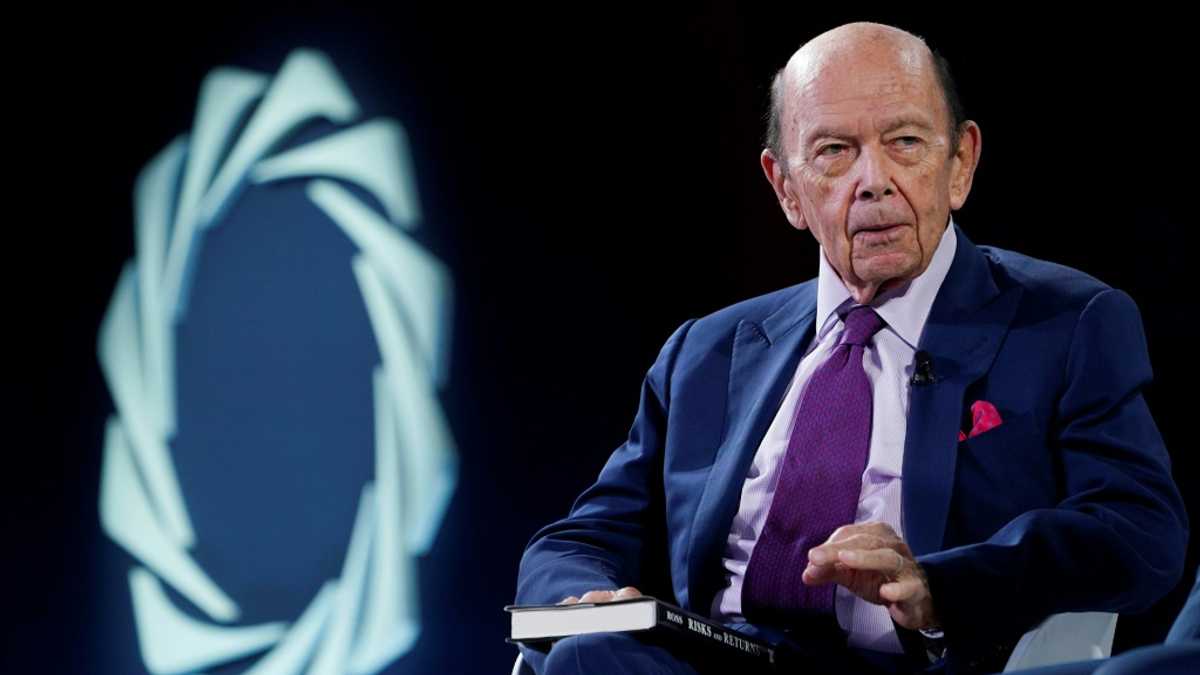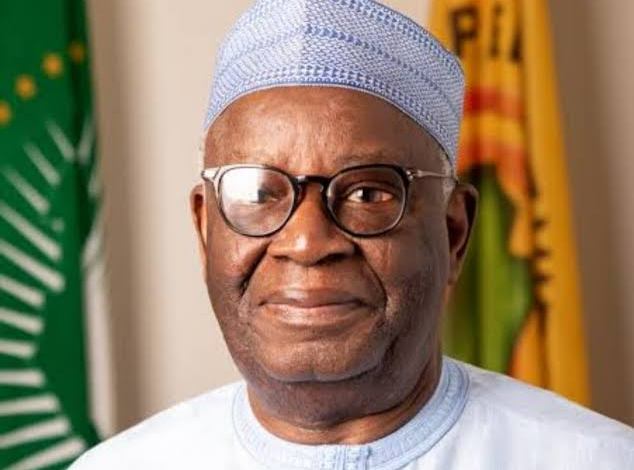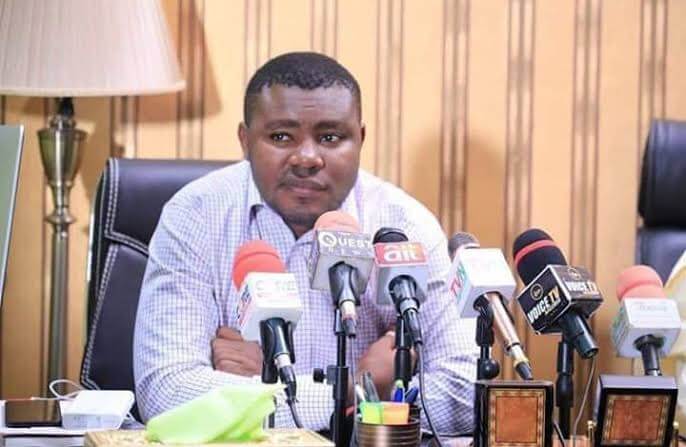Moscow on Saturday mounted a “counter-terror operation” in three border regions adjoining Ukraine to halt Kyiv’s advance deeper into Russia and warned that the fighting endangered a nuclear power plant.
Ukrainian units stormed into Russia’s western Kursk region on Tuesday morning in a shock attack, the largest and most successful cross-border offensive by Kyiv of the two-and-a-half year conflict.
Its troops have advanced several kilometers and Russia’s army has rushed in reserves and extra equipment, including convoys of tanks, rocket launchers and aviation units — though neither side has given precise details on the extent of the forces they have committed.
Russia’s nuclear agency on Saturday warned the Ukrainian attack posed a “direct threat” to the nearby Kursk nuclear power station.
READ ALSO:Ethiopian Airlines signs deal for $6 billion mega airport
At least 16,000 civilians have left their homes in Russian border areas, where emergency aid and medical supplies have been ferried in, and extra trains to the capital Moscow have been put on for people fleeing.
“The war has come to us,” one woman from the border zone told AFP at a Moscow train station on Friday, declining to give her name.
Russia’s army, which confirmed Saturday it was still fighting off the Ukrainian incursion, said Kyiv initially dispatched around 1,000 troops, and more than two dozen armored combat vehicles and tanks.
Though on Saturday it since claimed to have destroyed around five times as many pieces of military hardware.
AFP could not verify those numbers and both sides have repeatedly been accused of inflating the number of enemy losses while downplaying their own setbacks.
– ‘Unprecedented’ –
Russia’s national anti-terrorism committee said late Friday it was starting “counter-terror operations in the Belgorod, Bryansk and Kursk regions … in order to ensure the safety of citizens and suppress the threat of terrorist acts being carried out by the enemy’s sabotage groups.”
Security forces and the military are given sweeping emergency powers during “counter-terror” operations.
Movement is restricted, vehicles can be seized, phone calls can be monitored, areas are declared no-go zones, checkpoints introduced, and security is beefed up at key infrastructure sites.
The anti-terrorism committee said Ukraine had mounted an “unprecedented attempt to destabilize the situation in a number of regions of our country.”
Russia on Friday appeared to hit back, launching a missile strike on a supermarket in the east Ukrainian town of Kostyantynivka that killed at least 14 people.
Ukraine also said it needed to evacuate 20,000 people from the Sumy region, just across the border from Kursk.
Neither side has provided details on the extent of the incursion.
Russia’s defense ministry on Saturday said it had hit some Ukrainian positions as far as 10 kilometers (six miles) from the border.
It also reported hitting Ukrainian troops in areas 30 kilometers (20 miles) apart — an indication as to the breadth, as well as depth of Ukraine’s advance.
The US-based Institute for the Study of War said Saturday it believed Ukrainian forces had pierced around 13 kilometers (eight miles) into Russian territory.
– ‘Particularly effective’ –
Moscow issued a nuclear warning over the fate of the Kursk nuclear power plant, under 50 kilometres (30 miles) from the combat zone, a day after the head of the International Atomic Energy Agency called for “maximum restraint”.
“The actions of the Ukrainian army pose a direct threat” to the Kursk plant in western Russia, state news agencies cited Rosatom as saying.
“At the moment there is a real danger of strikes and provocations by the Ukrainian army,” it added.
Ukraine’s leaders have remained tight-lipped on the operation.
The United States, Kyiv’s closest ally, said it was not informed of the plans in advance.
But President Volodymyr Zelensky has appeared to tout his troops’ early successes.
On Friday he thanked them for the “replenishment of the exchange fund” — language used to refer to the capture of Russian soldiers, who can later be swapped for captured Ukrainians.
“This is extremely important and has been particularly effective over the last three days,” he said, again without making any specific reference to the Kursk incursion.
Russian military bloggers previously reported several Russian soldiers had been taken prisoner by Ukraine.
Russia’s defense ministry published footage on Saturday of tank crews firing on Ukrainian positions and an overnight air strike, after it said Friday it had deployed yet more units to the border region.
READ ALSO:Jonathan calls for more investment in digital infrastructure to enhance learning
Elsewhere on the frontline, Ukraine on Saturday reported the lowest number of “combat engagements” on its territory since June 10.
That could be a possible sign its incursion is helping to relieve pressure on other parts of the sprawling frontline where Moscow’s troops had been advancing.

 3 months ago
107
3 months ago
107













![[ICYMI] No N500m missing from customer’s account, says Access Bank](https://cdn.punchng.com/wp-content/uploads/2018/09/14183604/20180707-DSC_0077new.jpg)

 English (US) ·
English (US) ·